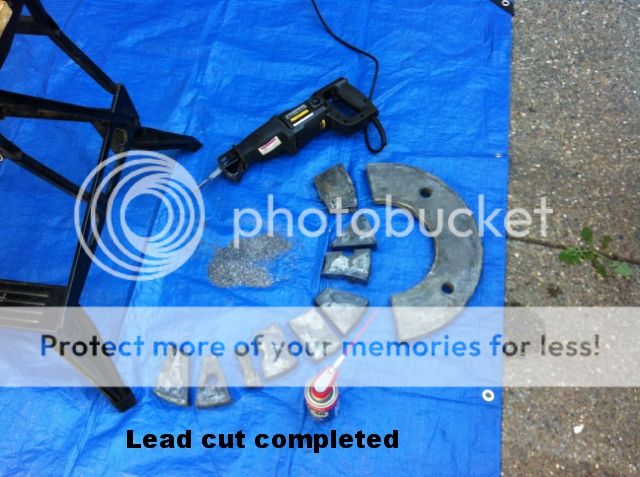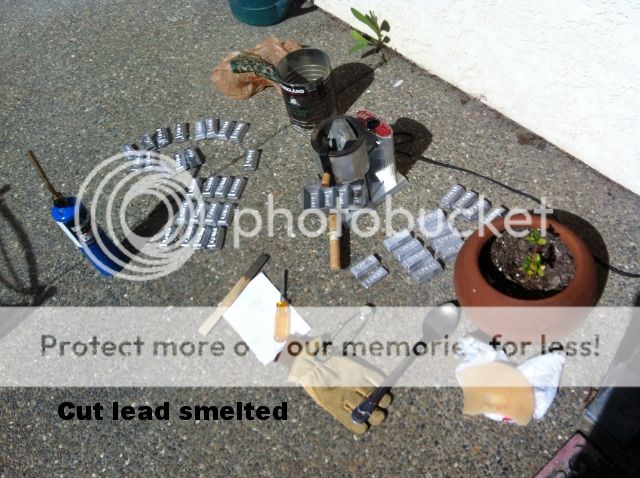Jenrick
Member
So I have access to a pretty much lifetime supply of pure lead dust at work. I can collect it and bring it home in a safe way due to us having the appropriate PPE at work. The question is how do I go about smelting it down without causing an issue? I could obviously could just mask up and deal with the airborne lead issue, but I'd prefer to not have to wear a tyvek suit and respirator all afternoon.
If it wasn't melting metal, I might suggest wetting down the dust into a kind of slurry and then melt it down. However as it is lead, and we all know what lead and water do, is there another option? They use oil in casting sand specifically to avoid the steam issue. Also possible, what about suspending the whole mess in wax? Due to the wife making candles professionally I've got more then enough wax.
So anyone have any suggestions?
-Jenrick
If it wasn't melting metal, I might suggest wetting down the dust into a kind of slurry and then melt it down. However as it is lead, and we all know what lead and water do, is there another option? They use oil in casting sand specifically to avoid the steam issue. Also possible, what about suspending the whole mess in wax? Due to the wife making candles professionally I've got more then enough wax.
So anyone have any suggestions?
-Jenrick



